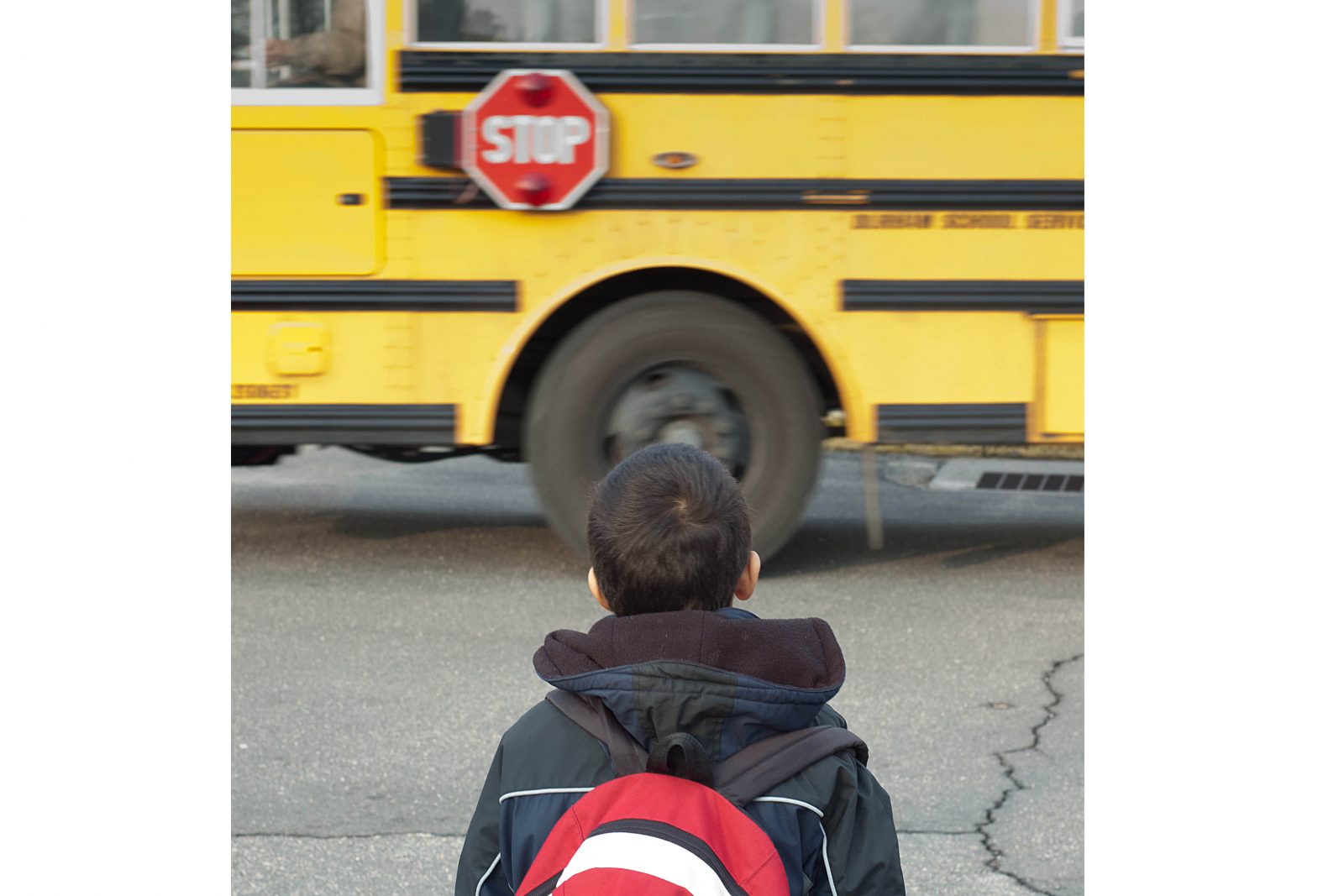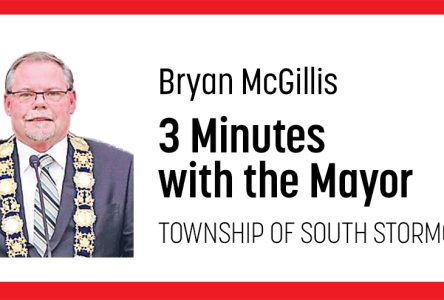It is back to school season, and like everything else, the COVID-19 looms large in the minds of administrators, teachers, parents and students alike.
As an outside observer, I have seen different approaches from each of the local school boards and I have seen concerns from parents and from students. I think that these concerns are justified, because despite the best efforts of administrators, I don’t see how the 2020-2021 school year will be any less affected by COVID-19 than last year was.
The main issue I see, stems from the guidelines for outbreak management given to school boards by the provincial government.
The government states, that if a student is exhibiting COVID like symptoms they should be isolated and sent home, and so should their siblings if they have any. Additionally, if the risk warrants it, their whole cohort could be sent home too, and if enough cohorts are sent home, the school could be closed.
As a first step for protecting students from COVID-19, I think parents should get themselves tested before their child is back in school. That way at least, they know that their household is not an exporter of the virus on the first day of school. Also, all parents are being told by their school boards that they must screen their child for temperatures and other COVID like symptoms before sending their child to school every day.
For context, the Eastern Ontario Health Unit (EOHU) list the following as COVID like symptoms:
Fever (temperature of 37.8ºC or higher), chills, new or worsening cough, barking cough, making a whistling noise when breathing (croup), shortness of breath (out of breath, unable to breathe deeply), sore throat, difficulty swallowing, runny, stuffy or congested nose (not related to seasonal allergies or other known causes or conditions), loss of taste/smell, pink eye (conjunctivitis), headache that is unusual or long-lasting, digestive issues (nausea/vomiting, diarrhea, stomach pain), muscle aches, extreme tiredness that is unusual (fatigue, lack of energy), falling down often, for young children and infants: sluggishness or lack of appetite.
Now, when I was in grade school, I had a case of the common cold every second week, which has many of the symptoms listed above, and when I wasn’t sick, my sibling often was. If I was in Grade 6 in the 2020-2021 school year I would never be in class at school and I think that there will be many students today who could fall into this boat.
I asked Dr. Paul of the EOHU how this system could possibly work, and he explained that the Health Unit would work with school boards to assess each case as they occur and determine of cohorts should be sent home. Again, I feel there will be a lot of cases to assess, and also, with a virus that can be transmitted asymptomatically, the spread can be a challenge to track.
There is also the issue of testing. I have been tested for COVID four times and each time it took two to three days to receive the results, during which I had to self-isolate. Without same day returns on COVID tests, I feel it is a real gamble to not send the whole cohort home. What if one classmate is sent home with a runny nose and then three days later it turns out they have COVID-19? In the meantime, the rest of the class have been in school possibly spreading the virus amongst themselves and the rest of the student body unknowingly.
My intention here is not to be alarmist, but it is very important we get this right. Dr. Paul himself has said that pandemics such as COVID-19 have historically had a second wave in the fall that is usually worse and longer lasting than the first wave.
The first wave of the COVID-19 pandemic saw schools closed, the economy closed, the border closed, and all events cancelled. Just in the past two or three months we have seen a gradual return to something that looks like normal, can our non-profits, our small businesses and each of us really take another wave worse than the first. This is why it is so important that this be managed and controlled as closely as possible.
At the beginning of August, schools in Georgia the United States re-opened. Within hours of one elementary school re-opening on Aug. 6 one Grade 2 student tested positive for COVID-19 causing the whole school to be sent home for quarantine and the school to be closed. In all nearly 1,200 students and teachers in that school district had to quarantine and the school itself was closed until Aug. 31.
I know that this took place in the U.S. and their pandemic management has been, let’s just say less than stellar, but we are seeing similar patterns closer to home.
In Quebec, which went back to school in the last week of August, saw 46 schools, out of 3,100 reporting at least one case of COVID-19. If this occurred in Ontario, under our provincial guidelines, would this not see many students and their siblings, and their classmates sent home?
Health officials in Montreal stated that these numbers were in line with their expectations, but it does not exactly inspire confidence.
What do you think readers? Will you be sending your children back to in class lessons, or will you have them continue with remote learning? Email me a Letter to the Editor at nseebruch@seawaynews.media




